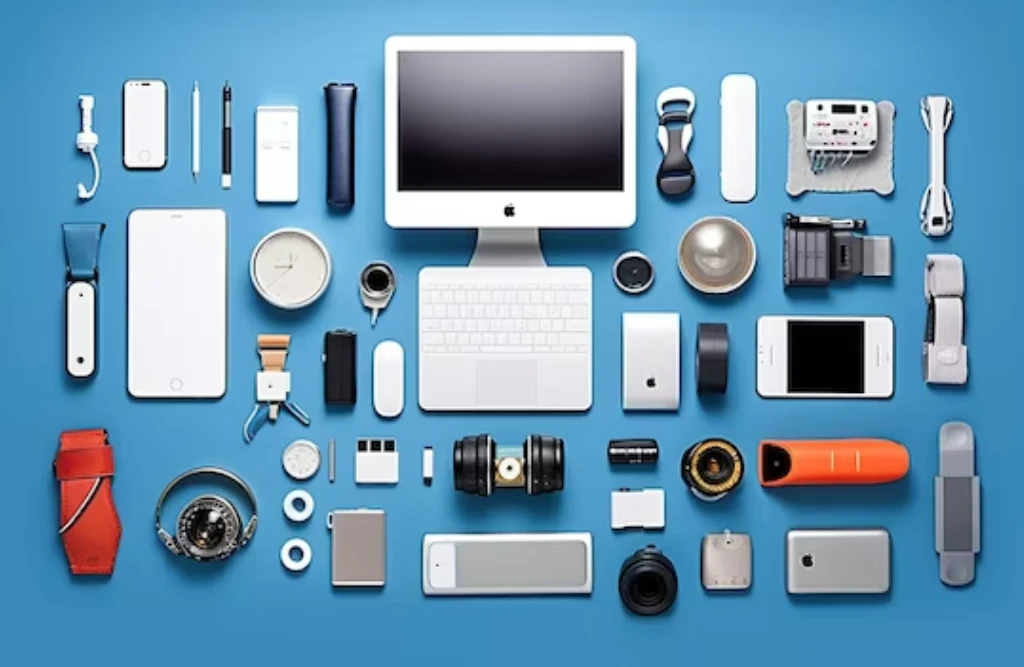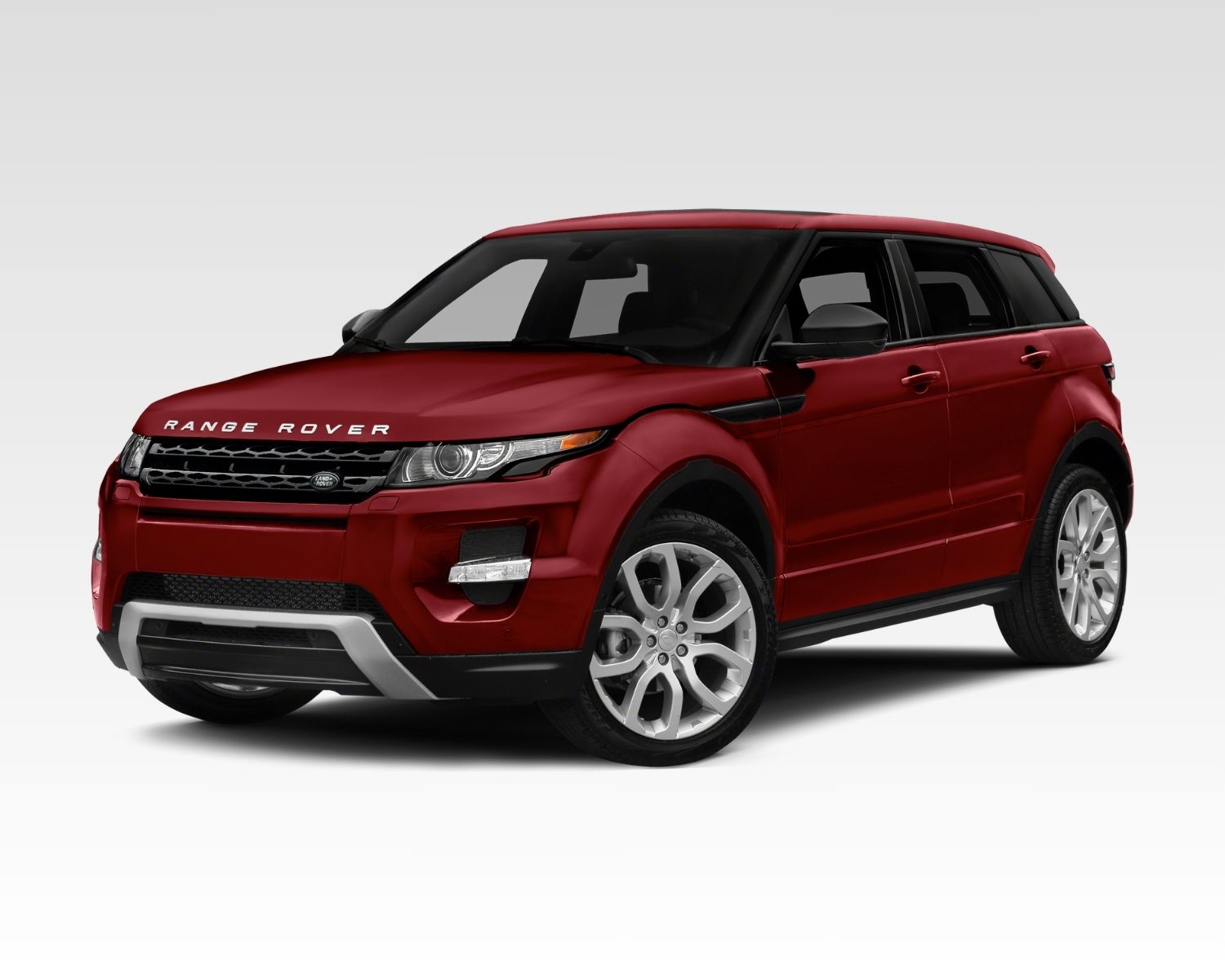Rent a Car in Dubai – it’s often the smartest move for newcomers wanting real freedom. Forget rigid tour schedules or confusing metro maps. Having your own wheels lets you explore the dazzling Burj Khalifa at dawn, chase sunsets on JBR Beach, or find hidden gems in Al Fahidi at your own pace. But Dubai’s impressive, modern highways and sprawling cityscape can feel overwhelming at first. That’s where smart navigation comes in! This guide gives you the essential GPS and navigation tips to transform your rental car into a key for unlocking Dubai’s magic, safely and confidently.
Why Renting a Car in Dubai Makes Perfect Sense
Dubai is designed for driving. While taxis and metro exist, a rental car offers unbeatable convenience and cost-effectiveness, especially for longer stays or families. Imagine spontaneous desert drives or a late-night shawarma run without waiting. You control your itinerary, pack beach gear without hassle, and avoid the midday heat between transport stops. The road infrastructure is world-class, well-signposted (mostly in Arabic and English), and incredibly clean. Renting a car truly unlocks the city and beyond.
Understanding Dubai’s Road Layout: The Basics
Before hitting the GPS, grasp the fundamentals:
Highways Rule: Sheikh Zayed Road (E11) is the main north-south artery. Other key highways include Emirates Road (E611) and Al Khail Road (E44). These are fast, multi-lane roads connecting major areas.
Districts & Numbering: Dubai is divided into distinct districts (Deira, Bur Dubai, Downtown, Marina, Jebel Ali, etc.). Major roads often have numbers (e.g., D73, E311). Knowing your target district helps immensely.
The Creek Divide: Dubai Creek historically splits the city into Deira (north) and Bur Dubai (south). Tunnels and bridges (like Al Shindagha and Garhoud) connect them – your GPS will guide you, but knowing this avoids confusion.
Exit Mania: Exits on highways come thick and fast. Pay close attention to GPS lane guidance and overhead signs well in advance.
Your Navigation Lifeline: Essential GPS Tools & Apps
Forget paper maps. Your smartphone is king:
Google Maps: The undisputed champion. Offers real-time traffic, lane guidance, offline maps (crucial!), public transport info, and detailed points of interest (POI). Highly reliable in Dubai.
Waze: Crowd-sourced favourite. Excellent for real-time alerts about traffic jams, accidents, police radar, and hazards. Often finds faster alternative routes.
Rental Company GPS: Many rental cars come with built-in sat-nav. It’s usually decent but often less intuitive or up-to-date than smartphone apps. Use it as a backup.
Offline Maps are CRUCIAL: Mobile data works well, but signal can drop in parking garages, remote desert fringes, or between tall buildings. Download the Dubai area on Google Maps before you drive. Go to Google Maps -> Tap your profile picture -> “Offline maps” -> “Select your own map” -> Zoom to cover Dubai and surroundings -> Download.
Mastering Your GPS: Top Tips for Smooth Sailing
Set Before You Go: Program your destination before pulling away. Fiddling while driving is dangerous and illegal.
Use Precise Addresses or Landmarks: Instead of just “Jumeirah Beach,” use “Jumeirah Public Beach Access 1” or a nearby mall/park name. Landmarks (Burj Khalifa, Dubai Mall, Mall of the Emirates) are excellent reference points.
Enable Voice Guidance Loudly: Ensure you can clearly hear the directions over the AC or radio. Keep the screen visible but don’t stare at it.
Understand Lane Guidance: Pay close attention when the app shows specific lane arrows (e.g., “use the right 2 lanes”). Missing your lane can mean long detours.
Traffic Settings: Keep real-time traffic enabled (Google/Waze). It helps avoid jams, especially during rush hours (7-9 AM & 5-7 PM).
“Avoid Tolls” Filter: Dubai has Salik toll gates on some highways. Your rental car likely has a tag, and tolls are added to your bill. If you want to avoid them (adding travel time), use the “Avoid Tolls” setting in your app.
Verify Parking: Use your GPS to find parking near your destination (malls, beaches, attractions) before arriving to avoid last-minute circling.
Navigating Key Landmarks & Areas
Airports (DXB): Routes are well-signposted. Follow signs for your terminal (T1/T3 for departures, T1/T2/T3 for arrivals). GPS is essential for navigating the vast airport road network.
Downtown Dubai / Burj Khalifa: Expect heavy traffic. Mall parking is huge – note your zone and level! GPS helps navigate the complex access roads.
Dubai Marina / JBR: Can be congested. Use GPS for parking structures (often multi-level). Beach access points have specific entries.
Desert Adventures (e.g., Lahbab Dunes): Venture off-road ONLY with a proper 4×4 and experience. For desert camp visits, use the exact coordinates or pin provided by the camp. Standard GPS can struggle on unmarked desert tracks.
Sharjah/Ajman/Other Emirates: Your UAE rental car usually allows travel to other emirates. GPS is vital for inter-emirate highways and navigating different city layouts.
Parking in Dubai: Know the Rules
Paid Public Parking: Marked by coloured zones (Teal & Black, Green, etc.). Pay via the RTA Dubai app, SMS, or parking meters. Check signboards for timings and fees. Your GPS can help locate legal street parking.
Mall Parking: Vast and usually free for the first few hours (check signs). GPS helps find mall entrances.
Residential Areas: Often require permits. Avoid parking in marked permit zones unless authorized. Use paid public spaces nearby.
Hotel Parking: Valet or self-parking is usually available, sometimes for a fee. Confirm with your hotel.
Driving Laws & Etiquette: Quick Reminders
Speed Limits: Strictly enforced by cameras. Limits change frequently (often 100-120 km/h on highways, 60-80 km/h on city roads, 40 km/h near residential areas). Your GPS often displays the current limit – pay attention!
- Seatbelts: Mandatory for all passengers.
- Mobile Phones: Hands-free only. No holding phones while driving.
- Indicators: Use them diligently for lane changes and exits.
- Overtaking: Only on the left (unless signposted otherwise). Undertaking (passing on the right) is illegal and dangerous.
- Pedestrians: Give way at designated crossings.
- Zero Tolerance for Drink Driving: Absolutely no alcohol if you plan to drive. Penalties are severe.
Lost? Don’t Panic! Here’s What to Do
Pull Over Safely: Find a safe spot (parking lot, service road) to stop. Never stop on a highway shoulder unless it’s an absolute emergency.
Re-Check GPS: Ensure your destination is entered correctly. Refresh the app. Check if you have a signal/data.
Use Landmarks: Look for prominent buildings, malls, or highway signs to reorient yourself.
Call Your Rental Company: They often have helplines and can assist with directions.
Ask for Help: If you see a security guard or petrol station attendant, politely ask for directions. Most people speak English.
FAQs About Renting a Car and Navigation in Dubai
Q: Is driving in Dubai difficult for newcomers?
A: The roads are excellent and well-signposted in English. The main challenges are the high speeds and complex multi-lane exits. Using a reliable GPS app diligently makes it very manageable. Stay alert and avoid peak rush hours initially.
Q: Which navigation app is truly the best for Dubai?
A: Google Maps is the most comprehensive and reliable overall. Waze is excellent for real-time traffic and police alerts. Using both is a great strategy. Download offline maps on Google Maps!
Q: Will my phone’s data work for GPS navigation?
A: Yes, but data roaming can be expensive. Get a local UAE SIM card for affordable data. Crucially, ALWAYS download offline maps (Google Maps) as a backup for areas with poor signal or to save data.
Q: Are there many toll roads? How do I pay?
A: Yes, Salik toll gates exist on major highways. Rental cars have a Salik tag. Tolls are automatically deducted and added to your final rental invoice. You don’t need to pay up front. Use the “Avoid Tolls” setting in your GPS app if preferred.
Q: Can I use my home country’s driver’s license?
A: Many nationalities can drive with their valid home license accompanied by an International Driving Permit (IDP) and passport. Check the latest UAE RTA requirements based on your specific license nationality before you travel.
Are you prepared to just drive and avoid the stress? Make Quick Drive Car Rental your go-to wingman in Dubai!
Quick Drive completely understands that you want to explore, not fumble with paperwork or worry about your transportation. We keep things very basic because of this. Whether you need a tough SUV for those desert dunes or a small, agile car for city excursions, pick from our immaculate fleet. You won’t miss a beat (or a turn!) thanks to the user-friendly GPS th
Thanks Postory.xyz for this blog!
Facebook: https://www.facebook.com/Quickdriverentacars/
Instagram: https://www.instagram.com/quickdriveofficial/
LinkdIn: https://www.linkedin.com/company/quick-drive-rent-a-car/?originalSubdomain=ae






